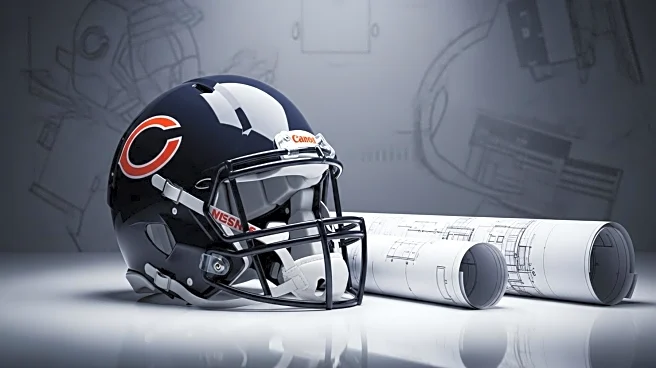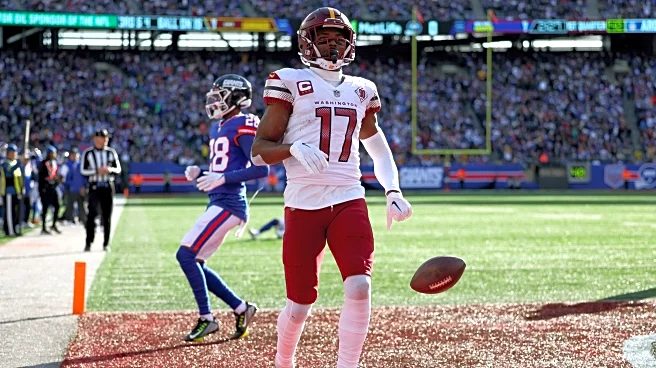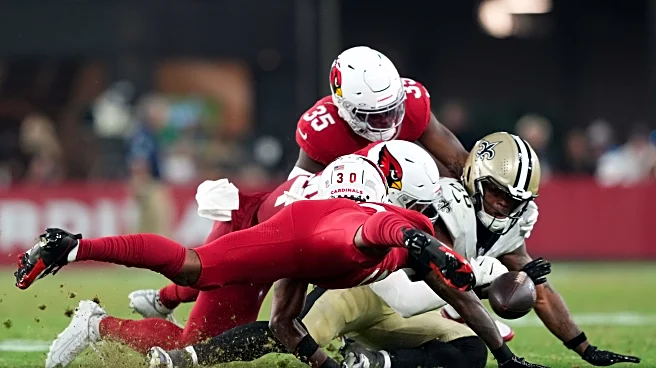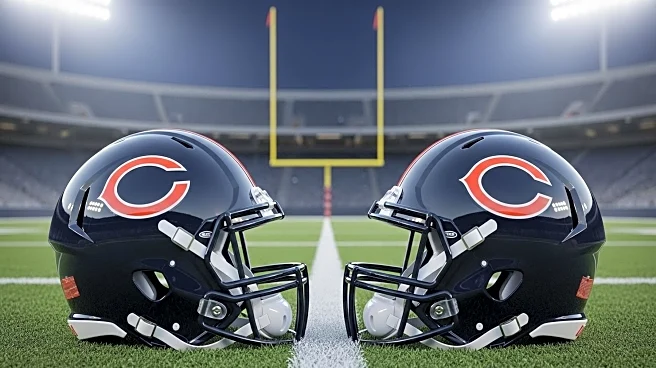What's Happening?
The Chicago Bears are preparing to publicly present their latest plans for a new stadium in Arlington Heights this fall. Bears President Kevin Warren and other officials are actively meeting with Arlington Heights village officials to refine the proposal. The public presentation is expected to occur sometime in September, October, or November, where the team will address questions about the 326-acre site. Following the presentation, the village planning, design, and housing commissions will review the proposal before it goes to a Village Board vote. This process is anticipated to take several months. The push for a new stadium comes as the NFL season kicks off, with other teams across the league also pursuing new stadium deals.
Why It's Important?
The development of a new stadium for the Chicago Bears is significant as it reflects the broader trend of stadium upgrades and construction within the NFL. New stadiums are being built in cities like Nashville and Buffalo, receiving substantial public subsidies. The Bears' proposal is part of this competitive landscape, where teams are seeking to enhance their facilities to improve fan experience and generate additional revenue. The outcome of the Bears' stadium plans could impact local economic development, job creation, and community engagement in Arlington Heights. Additionally, it may influence other teams considering similar projects.
What's Next?
The next steps involve the Bears making a public presentation of their stadium plans, followed by a review process involving village commissions and a Village Board vote. If approved, the Bears aim to break ground by spring. The proposal's progress will be closely watched by stakeholders, including local residents, businesses, and NFL fans. Potential reactions from these groups could shape the final outcome of the stadium plans.
Beyond the Headlines
The stadium proposal raises questions about the ethical and financial implications of public subsidies for sports facilities. It also highlights the cultural significance of sports teams in local communities and their role in urban development. Long-term shifts in fan engagement and economic impact could result from the successful completion of the stadium.













